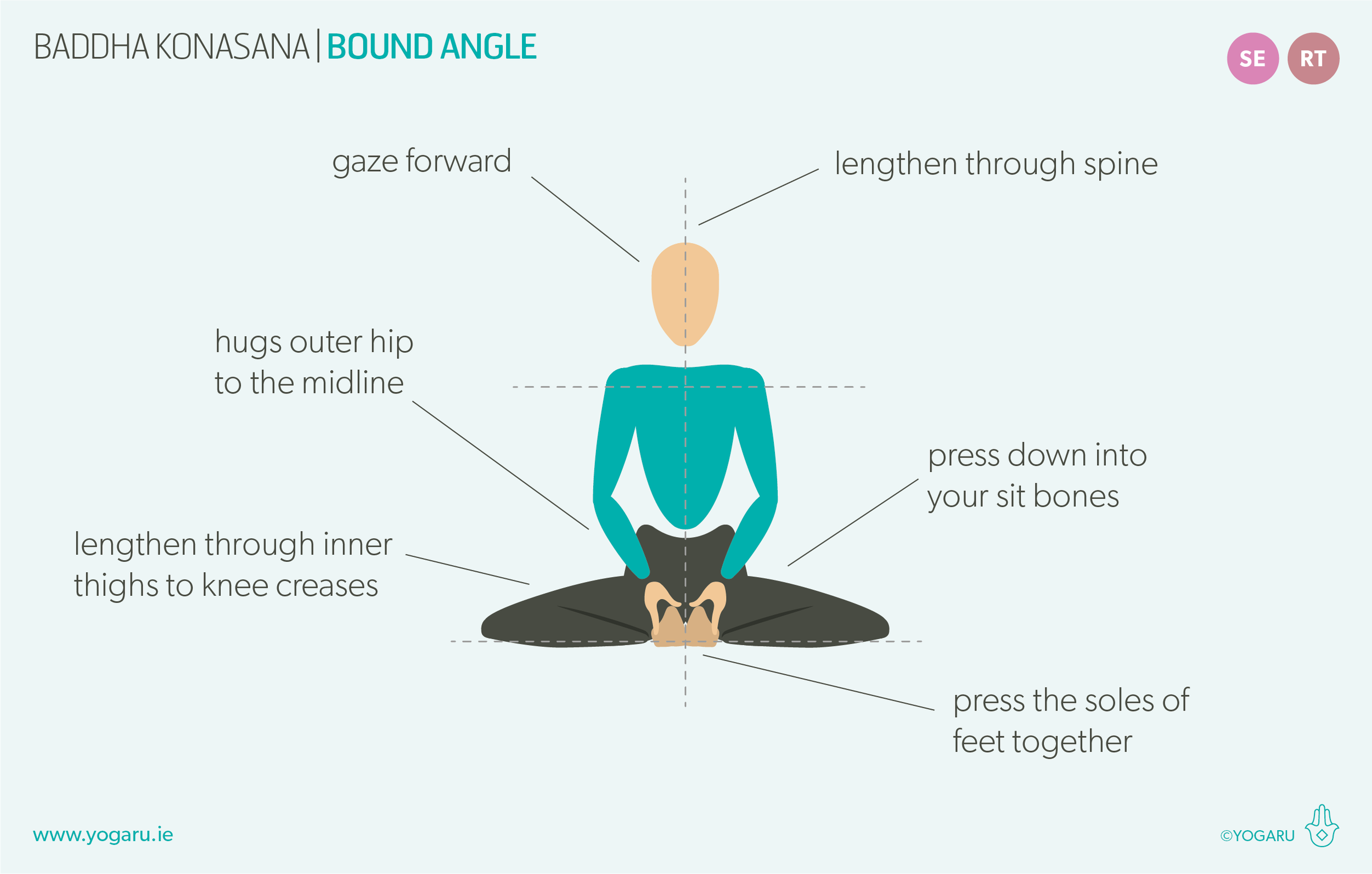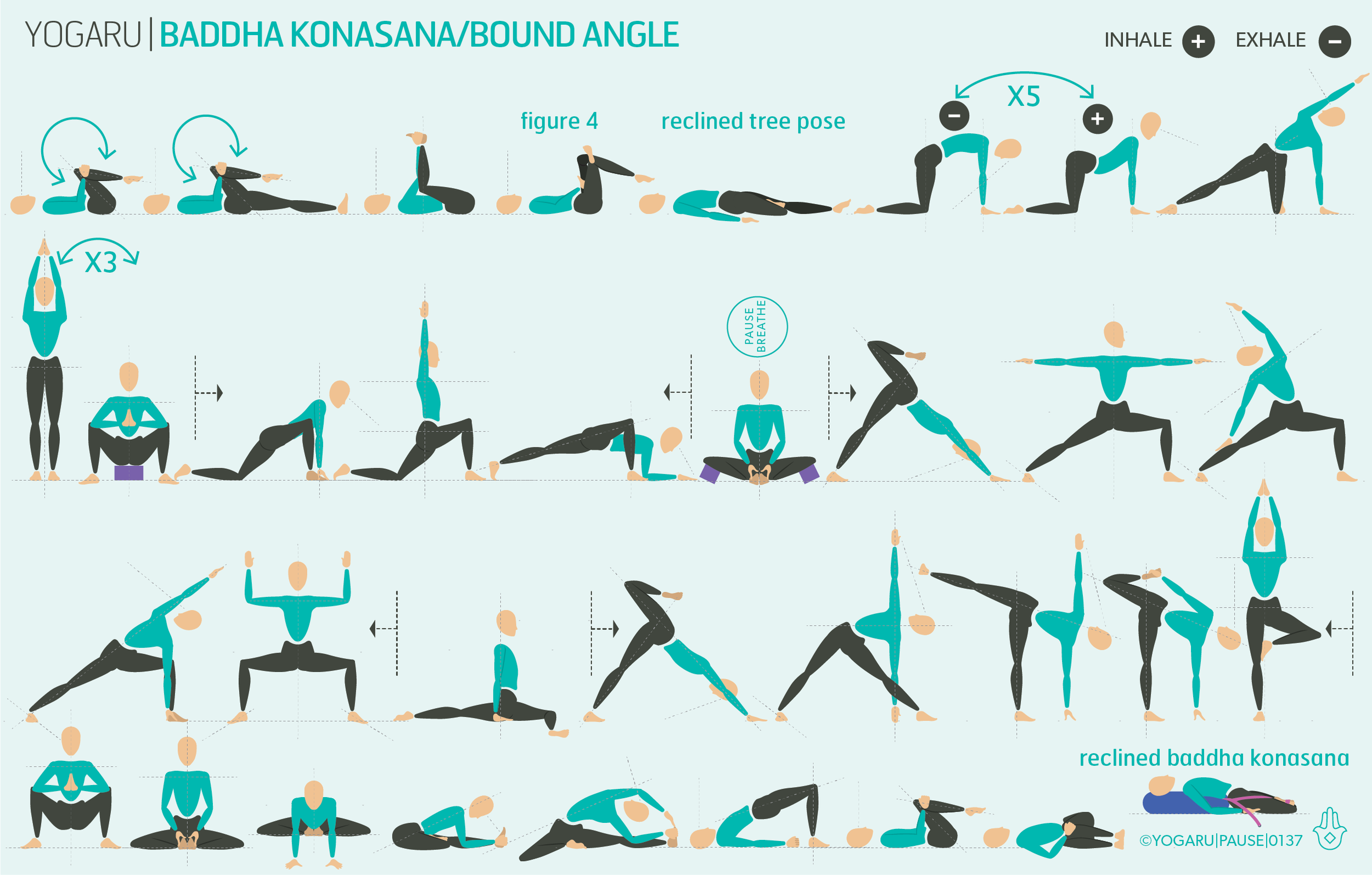This sequence is also available on YouTube.
YOUR NOURISHMENT LIST
Self care and nourishment go hand in hand. Taking time to look after ourselves nourishes us physically and mentally. Nourishment can be found in lots of different ways. My nourishment list includes yoga, meditation, fresh air, long walks, short walks, mountain walks, sea swims, reading for knowledge, reading for pleasure, being creative, connecting with others and best of all a good night's sleep after a restorative yoga session! Sitting down and writing your nourishment list is time well spent. Sometimes when you’re in a bit of a spin or feeling low it is hard to believe that there is a way out of it. Just take out your list and pick one of your guaranteed nourishment ‘pick me ups’.
WHAT YOGA POSES NOURISH YOU?
You can do the same with your yoga practice by building a list of poses that feel just right for you and nourish every part of your body and mind. They don’t need to be big statement poses. They are the poses that feel like you have arrived to a familiar place. Favourite poses are very personal and highlight how amazingly different we all are physically and mentally. Some days my nourishing pose might be Bakasana/Crow to help boost my energy and other days I will come back to Tadasana/Mountain throughout my practice to help me focus and notice how my practice is sitting me that day.
Most of us have poses that are our favourite, and similarly poses that challenge us. Some days meeting yourself on your mat with one of your challenging poses can help you overcome everyday challenges in life and give you the lift you need. Alternatively it can teach you to sit with discomfort and that not everything in life is to be conquered.
One of the benefits of a personal practice is that you are addressing your needs and tailoring your practice to meet them. Investing a little bit of time to work out which poses nourish you, and how they help you, will make your time on your mat more productive. Keep your list beside you as you practice and add some of your favourite poses into your practice regardless of what sequence you are following. Below are some of the poses that nourish me and how they help me. Some of the poses tick more than one box, but to give a variety examples I have picked all different poses for each list.
EXPLORING WHAT NOURISHES YOU IN YOUR PRACTICE
This sequence is a collection of some of my nourishing poses which I regularly add to my practice. You can add your nourishing poses into the mini flows in the sequence or add them as stand alone poses. If your pose is a standing pose add it into the standing section, if your pose is a seated pose add it into the end of the sequence etc. As you are running through the sequence notice how the poses are sitting with you. See what effect the poses I have picked have on you.
ALIGNMENT CUES
The peak pose of this sequence is Ardha Chandrasana/Half Moon, one of my favourite poses that helps me feel strong, focused and energised.
Have a read of the tips below and either print out the sequence or save it onto your device:
From Trikonasana with your right leg forward, bend your front knee. Place your right hand a foot forward to the little toe side of your right foot, on a brick, or the ground, left hand on your hip.
Step your left foot forward a little, press down through the three points of your right foot.
Inhale, float your left leg up to hip height or slightly above, toes facing forward. Flex your foot parallel to the ground, press out through the heel, firm your lifted leg.
Hips and shoulders stacked, reach your left arm up high, palm facing left, gaze down or to your left fingertips.
To save the images for personal use click and hold down the image until the ‘save image’ option appears; on Mac hold down ‘control’ and click the image to get the option box; on PC right click on the image to get the option box. Scroll down in the ‘option box’ and click ‘save image’.
Ruth Delahunty Yogaru






